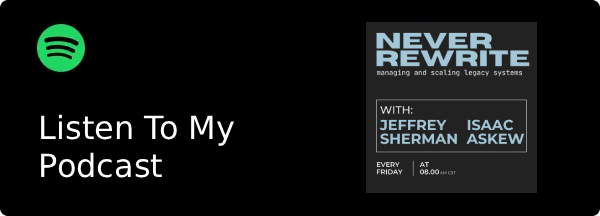Today I was able to meet with Chris Liepe, a vocal coach and YouTuber who I’d followed for many years while I was trying to work on my singing. Some of his techniques, namely having good support before attempting more difficult things like distortion or mix, clicked easily. Others, like his episodes on mix, didn’t land so easily and I didn’t get what he was explaining until after I found mix separately working with my vocal coach at the Broomfield School of Rock location. Once I found mix and went back to his video on mix, everything he said made so much sense! Here was the video:
Frustratingly it seems like there is no one-size-fits all method for a lot of the singing techniques I’m interested in, and you just have to find a method that clicks for you after searching around, which takes a lot of time and dedication.
During our one-hour session I was able to get a lot of good takeaways that I think were conclusions I would be a lot slower to reaching if he hadn’t analyzed some habits he noticed. Here are some I noted:
- There are a lot of interesting cartoon voices that help find dopey, witchy, vocal fry-ey, etc. sounds without even attempting singing. I knew some of these and had played around with them but he suggested playing around with even more to understand deeper nuances of how some can transition between placements, registers, etc. This is my homework for now.
- Working on some exercises around my vocal break can help strengthen the distortion I’m going for. My vocal break attempts had a yodel to them that had too broad of a divergence, and there are some techniques in his course I’m looking at now to tighten that divergence and help with tighter, grittier, scream-esque bodies to the voice.
- He noticed I have a lot of tension in my jaw and throat while attempting to add distortion, and said this was essentially preventing me from finding the distortion. His singing was a lot more relaxed and open – apparently the more you try to chase that distortion feeling with tension the further it’s accessible just from the nature of how the anatomy of the throat works. Tonight I’ll be working from a place of relaxation and less stress there to see if I can explore distortion further.
- One exercise that clicked – performing some ‘huh’, ‘huh’ noises with quick stops to cut off the air flow (almost like you’ve been punched in the stomach). After you’ve got that down (and ensure somewhat of a follow through into fry/air popping kind of noise on the ‘huh’) then change your positioning to be witchy/nasally. Do that a few times again with a witchy/nasally ‘huh’, ‘huh’ sound. Finally move that up to head voice and try it. I was able to get an almost wet kind of distortion a few times and it was a sensation and sound I hadn’t produced before, so that’ll be my main focus for the next week or so.
Honestly whenever I take vocal lessons and come away with any new ability, sensation, or sound it’s worth the lesson. Highly recommend working with him as he’s able to immediately see bad habits and he’s able to replicate exactly what you’re doing and what you should do. He can immediately jump into throat singing, different types of positioning, register jumps, apply and remove distortion, etc. on the fly to provide an example of what you’re doing vs. what you should be doing. Impressive mastery over his voice for sure.Sign up for your own lessons for him here if you’re curious! (I don’t get any kickback advertising for him, I just really appreciated him.) 


